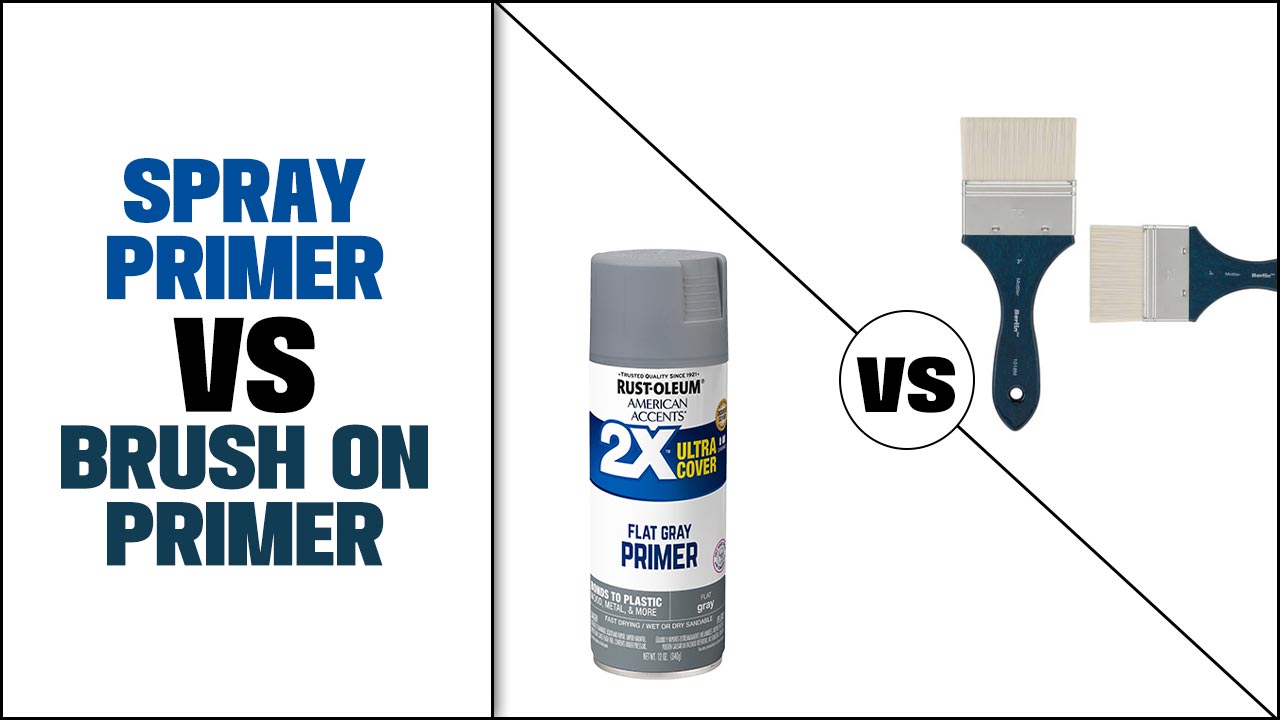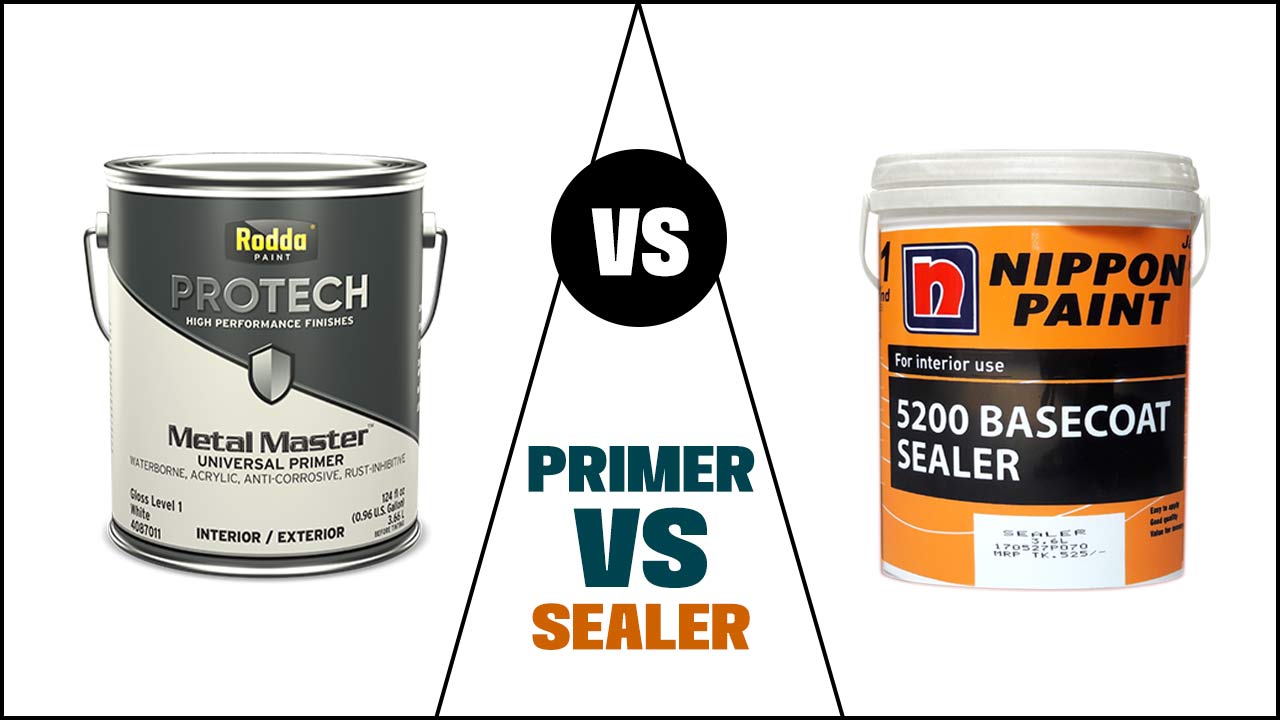DIY projects are becoming increasingly popular, and for good reason: they are an excellent way to save money and learn new skills. For those just starting out, however, it can be daunting to know where to begin.
A primer for DIY beginners is the perfect place to start, offering an introduction to the tools, materials, and techniques needed to complete simple DIY projects. With a few basic skills and some practice, anyone can become a DIY expert. Read on to learn more about the essentials of DIY and the projects you can tackle with confidence.

Diy Primer: A Guide For Beginners
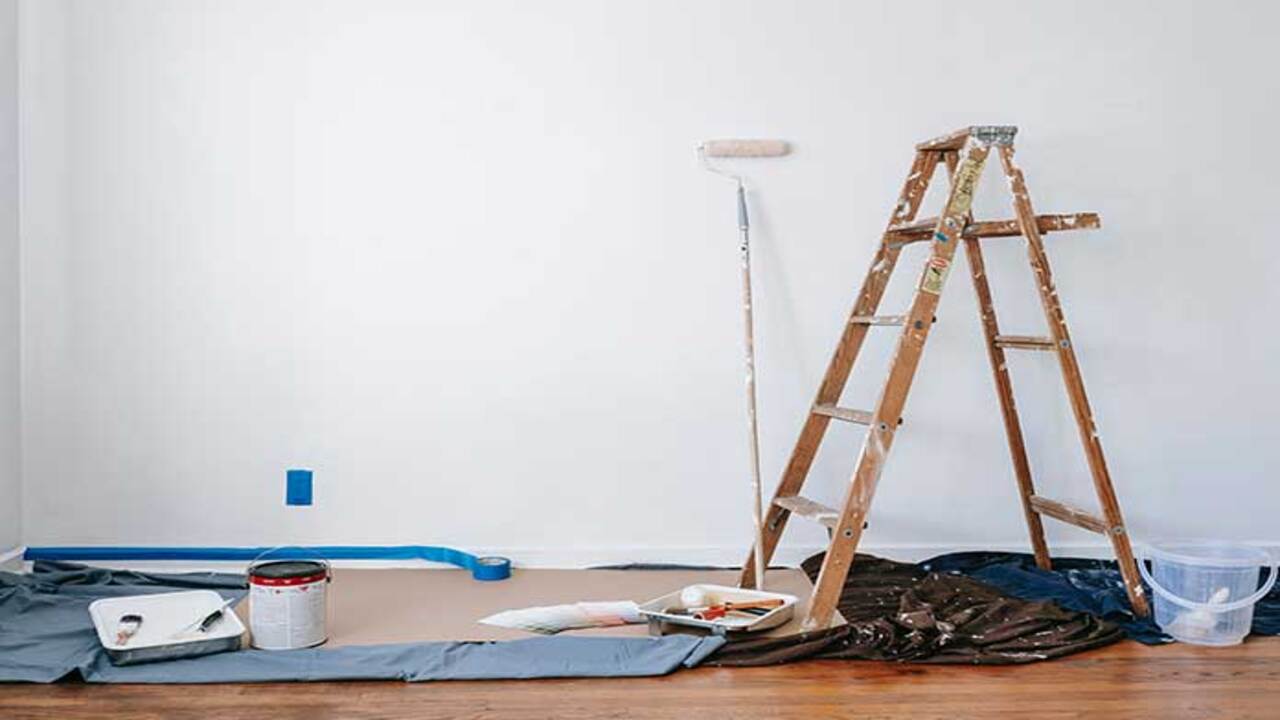
If you’re a DIY beginner looking for a primer on how to get started, you’ve come to the right place. This article will provide you with all the information you need to know to get started with DIY projects. From tools and materials, to safety tips and techniques, you’ll find everything you need to know to get started.
We’ll also provide you with some simple projects to help you gain confidence in your new skills. So whether you’re looking to take on a big project or just want to spruce up your home, this primer for DIY beginners will provide you with the guidance you need to get started.
Safety
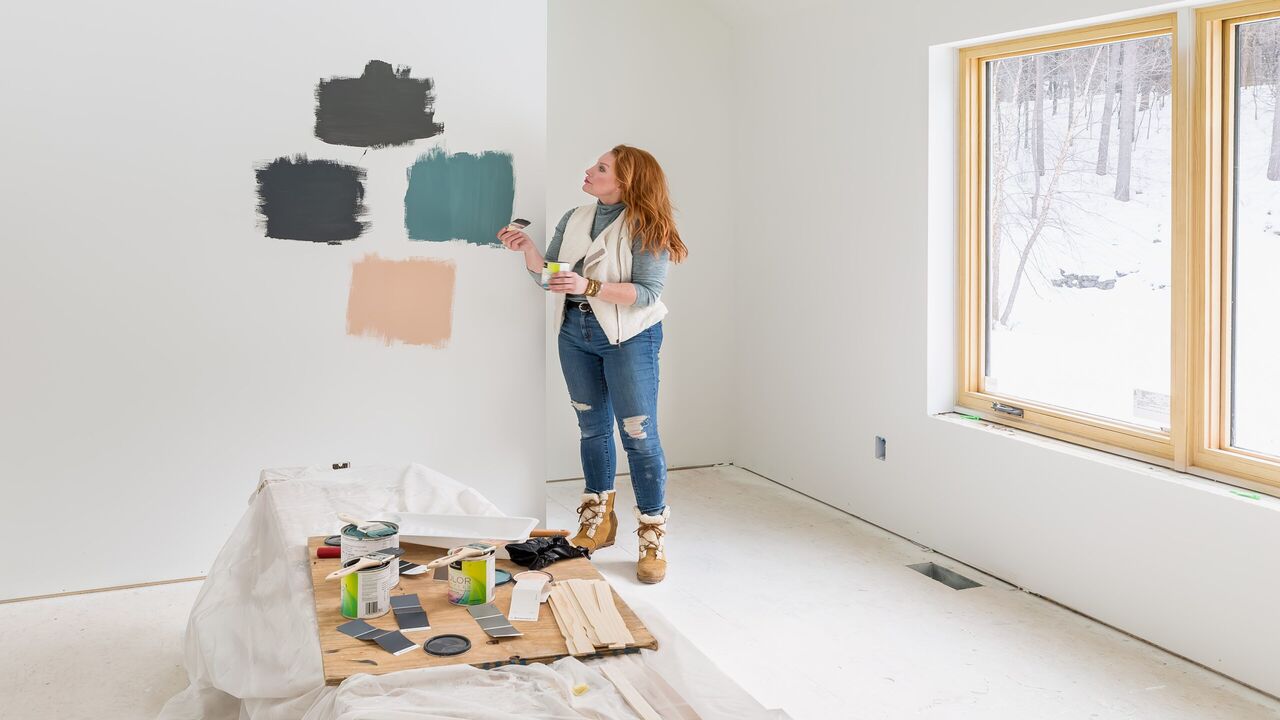
Safety is an important aspect of any DIY project. Before beginning a project, it is important to review safety protocols and wear the appropriate safety gear, such as gloves, safety glasses, and a dust mask. Additionally, it is important to have a first aid kit nearby in case of an accident. Also, make sure to read the instructions and follow the manufacturer’s instructions for the project.
This helps avoid possible injury or damage to the product. Additionally, it is important to use the right tools for the job; the wrong tool could result in injury or damage to the material. Finally, work in a well-ventilated area and keep any flammable materials away from heat sources. Following these safety protocols can help ensure a successful project.
Protective Gear
When beginning a DIY project, it is essential to equip yourself with the right protective gear. Always wear safety glasses to protect your eyes from dust and debris. Additionally, wear a dust mask or respirator to prevent inhaling any hazardous materials.
To protect your hands and arms, wear a pair of gloves and a long-sleeved shirt. Don’t forget to wear closed-toed shoes and sturdy pants as well. Lastly, if you are using a tool that emits a loud noise, you should use ear protection. With the right safety gear, you can work on your DIY project with confidence.
Power Tools

Power tools are essential for any DIY project. With the right tools and a few safety precautions, you can complete a variety of tasks quickly and easily. Before you get started, you’ll need to make sure you have the right tools for the job.
Cordless drills and saws are a great starting point for most projects. They are easy to use and can help you complete even complex tasks faster than ever before. Be sure to read the instructions carefully and wear the appropriate safety gear. Additionally, you should never use a tool without a secure grip and always keep the tool in good working condition. With the right tools, you can complete almost any project with ease.
Hazard Identification
Hazard identification is a key part of any DIY project. Before you get started, take a few moments to assess the environment and identify any potential risks. Pay special attention to any power tools, loose wiring, or materials that could be hazardous. Have a plan in place for what to do in case of an emergency.
Make sure to keep all hazardous materials out of the reach of children and pets. Be sure to follow all instructions provided with the tools and materials you are using. Lastly, it is always a good idea to have someone nearby who is familiar with the project and can provide help in case of an accident. Proper hazard identification can help ensure a safe and successful DIY project.
Tool Maintenance
For those starting out with DIY projects, tool maintenance is essential for a successful job. With proper maintenance, tools can last longer and perform better. This is especially important for expensive power tools or those with a lot of wear and tear.
To properly maintain tools, it is important to clean them after each use and store them in a safe place. Cleaning can be done with a damp cloth or a mild soap and water solution. It is also important to check regularly for signs of rust or other damage. Additionally, sharpening blades and bits regularly will keep them in good condition.
Lastly, lubricating moving parts with a light oil helps to keep them functioning smoothly. With regular maintenance, DIYers can be sure that their tools are in top shape and ready for the job.
Planning

Planning is a critical part of any successful do-it-yourself project. Start by researching the project and jotting down questions or concerns. Once you have a general idea of the task at hand, create a timeline. Estimate how long each step will take and mark it on your calendar.
Don’t forget to include any preparation or clean-up time. Additionally, think about any materials or tools you may need and budget accordingly. It’s better to be prepared rather than making multiple trips or ordering items online.
Finally, make sure to check local regulations and safety requirements. This will help you avoid any potential issues down the road. Planning is the key to tackling any DIY project with confidence and ease.
Supplies Needed
If you are a DIY beginner, it is important to make sure you have all the supplies you need before you start. Depending on the project, you may need a variety of tools, materials, and safety equipment. Basic items to always have on hand are a hammer, a screwdriver, various drill bits, screws, nails, wood glue, sandpaper, and a saw.
Depending on the project, you may also need other items such as a paintbrush, chisels, a miter saw, a jigsaw, a stud finder, a level, and a tape measure. Additionally, you will need to wear protective gear such as safety glasses, dust masks, and hearing protection. Having the right supplies ahead of time will make your project easier and more enjoyable.
Project Breakdown
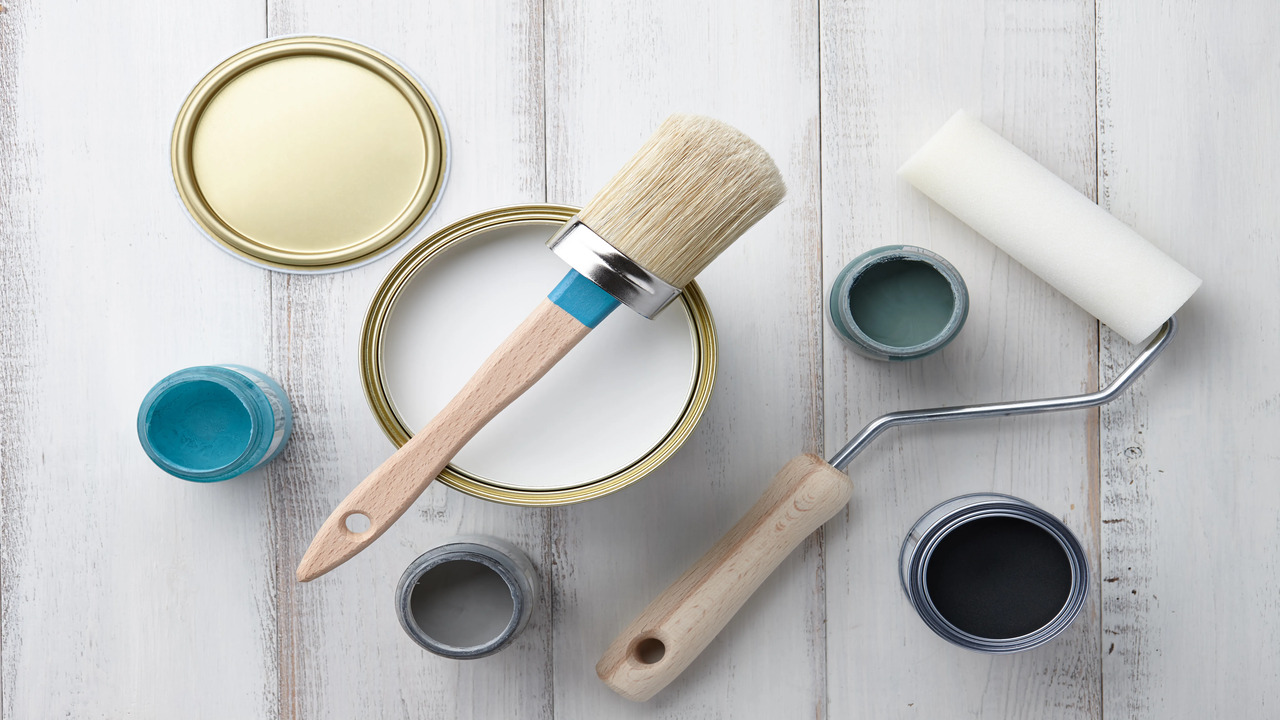
Project breakdown is an important concept for any DIY beginner. It is the process of breaking a large project into smaller, manageable parts. It helps you plan out the resources you need and the steps you must take to complete the project. It also allows you to track your progress and ensure that you are meeting your goals.
Project breakdown is a useful tool for anyone looking to take on a big DIY project. It helps you organize your work, prioritize tasks, and create a timeline for when certain tasks must be completed. Additionally, breaking down the project into smaller parts helps keep you motivated, as each task completed brings you closer to your overall goal. Taking the time to create a project breakdown is an essential part of any successful DIY project.
Time Estimation
For any DIY project, time estimation is key. Estimating the time it will take to complete a project can be difficult for beginners, as it is hard to anticipate how many hours and days it might take to finish. It is recommended to err on the side of caution and overestimate the amount of time it will take to complete the project.
This will ensure that you have ample time to finish the job and not find yourself in a time crunch. Additionally, if you end up finishing the job sooner than expected, you can always use the extra time to perfect your project.
Budgeting
Budgeting is one of the most important components of successful DIY projects. Whether you are tackling minor home improvements or major renovations, you need to plan out your budget first. This means setting aside money for materials, labor, and other costs.
Additionally, you should always factor in an extra 10-20% for unexpected costs. Once you know what your budget is, you can break it down into smaller components and plan out how to spend each portion. Additionally, make sure to include a timeline for when each part must be completed. This will help you stay on track and on budget.
Finally, always remember to factor in the cost of tools you may need to purchase or rent. Budgeting may seem like a daunting task, but with the right planning it can help make your DIY projects successful, and even enjoyable.
Execution
Executing a DIY project can seem daunting for beginners, but it doesn’t have to be that way. With a few simple steps, you can create something inspiring and unique. Firstly, have a clear goal in mind. Research what materials and tools you need to complete the project.
Make sure you have the right supplies before getting started. Secondly, plan out the project in detail before you start. Have a timeline and budget in place and use diagrams or drawings to map out the project.
Finally, execute the project step by step. Take your time and don’t rush the process. If you need help, consider enlisting the help of a friend or family member. With a little preparation and the right attitude, you’ll have a successful outcome.
Setting Up
DIY projects can be a fun and rewarding experience, however, it can also be daunting for beginners. Setting up for a DIY project can be time-consuming, but it’s important to make sure that the project is done correctly. Before embarking on any DIY project, make sure to have all the necessary tools and materials.
Check that your tools are in good condition and that you have everything you need. Research the project you are undertaking and familiarize yourself with the instructions before you begin. It’s also important to take safety precautions, such as wearing appropriate clothing and safety glasses, and having a first aid kit nearby in case of an emergency. Taking the time to properly set up before a DIY project can ensure it is successful and enjoyable.
Steps Involved
DIY projects can be intimidating for beginners, but with the right guidance it can be a fun and rewarding experience. To help get you started, here are the steps involved in completing a DIY project. First, decide on a project that fits your skill level, budget, and interests.
Second, plan out the steps needed to complete the project, including the materials and tools required. Third, gather the necessary supplies and tools, making sure to only use quality products. Fourth, follow the steps carefully to ensure quality results. Fifth, test and inspect the project to make sure it is up to your standards.
Lastly, enjoy the results of your hard work! By following these steps, you can have a successful DIY project that you can be proud of.
Finishing Touches

Once you’ve completed your DIY project, it’s time to apply the finishing touches. Make sure to go over the entire project and check for any imperfections. Look for any chipped paint, uneven lines, and other details that may need to be touched up. If you need to, use sandpaper or other materials to make any necessary adjustments.
After you’re satisfied with the look of your project, add a sealant or protective coating to protect it from the elements. You may also want to add a few decorative elements, such as a stencil or decorative trim, to really make it stand out. Finally, take a step back and admire your work. You’ve done a great job and have successfully completed your first DIY project.
Troubleshooting
When it comes to DIY projects, troubleshooting can be the most difficult part. As a beginner, it is important to know the basics so you can identify the problems and take the necessary steps to solve them. First, you should check the instructions and diagrams associated with the project.
Make sure you understand the steps and the process. If something doesn’t seem right, double-check the instructions. Next, check the materials to ensure all components are present and in the proper condition. If not, replace the missing or damaged parts.
It is also helpful to gather all the necessary tools before starting the project. Finally, take your time and be patient. If you run into a problem, take a break and come back to it later. With the right preparation and a bit of patience, you can troubleshoot any DIY project.
Conclusion
This article is a primer for DIY beginners, providing an introduction to the basics of DIY projects. It covers topics such as the tools needed, the types of materials used, safety tips, and how to get started. Whether you are a novice or an experienced DIYer, this article will give you the knowledge to get started on your own projects. With the help of this primer, you will be able to create projects that you can be proud of.
FAQ’s
1.What Kind Of Tools And Supplies Will I Need For Diy Projects?
Ans: The tools and supplies you will need for DIY projects depend on the project you are trying to complete. Generally, you will need basic tools such as a hammer, screwdriver, saw, drill, and measuring tape.
You will also need materials such as wood, nails, screws, and paint. Depending on the project, you may also need specialty tools and supplies such as a miter saw, power sander, and wood glue.
2.What Are Some Of The Most Common Mistakes To Avoid When Taking On A Diy Project?
Ans: Some common mistakes to avoid when taking on a DIY project are not properly researching the project, not having the proper tools and supplies, not budgeting enough time, and not having a plan or goal in mind. Taking shortcuts and attempting to complete the project without having the right skills or knowledge can also lead to costly mistakes.
3.What Are Some Of The Best Resources To Use For Diy Project Instructions?
Ans: Some of the best resources for DIY project instructions are Youtube videos, online tutorials, books from the library, or blog articles. Youtube videos are great because they usually contain step-by-step instructions that are easy to follow.
Online tutorials offer detailed instructions and often include helpful images or diagrams. Books from the library often provide more in-depth instruction, and blog articles can be helpful for more creative projects.
4.Are There Any Special Safety Precautions I Should Take Before Starting A Diy Project?
Ans: Yes, there are several precautions you should take before attempting a DIY project. First, make sure you have the right tools and materials for the job. Second, read the instructions carefully and follow them exactly. Third, wear proper safety gear such as gloves and safety glasses. Lastly, have someone with you for help and to provide an extra set of eyes.
5.What Are Some Of The Most Popular Diy Projects For Beginners?
Ans: Some of the most popular DIY projects for beginners include painting furniture, making jewelry, sewing simple projects, and creating wall art. These projects are perfect for beginners as they are not overly complicated and require few tools and materials.
Additionally, many of these projects can be customized, allowing beginners to express their creativity. Finally, these projects are a great way to learn a new skill and create something to be proud of.



